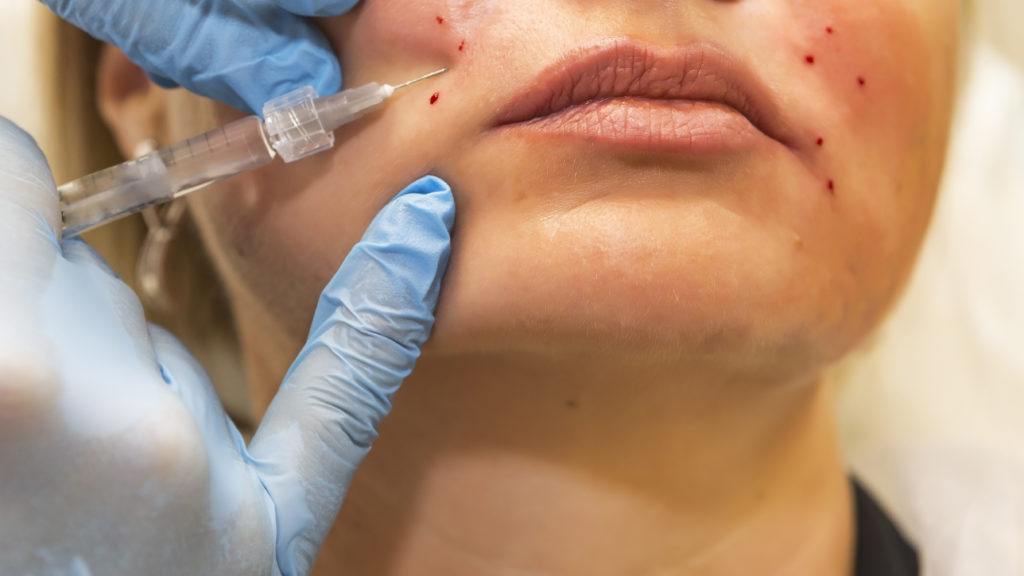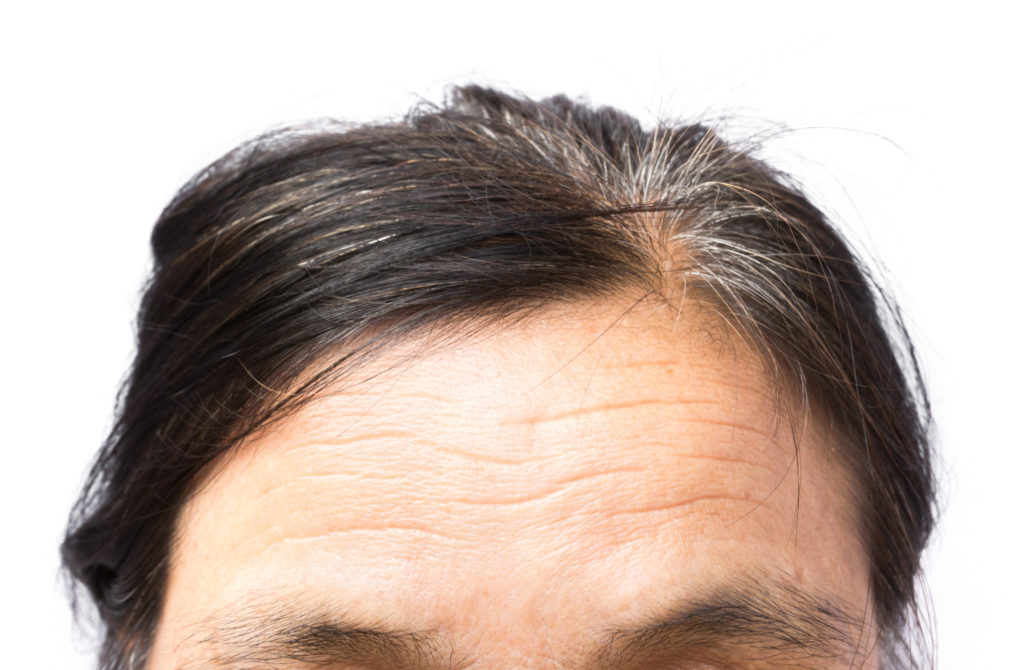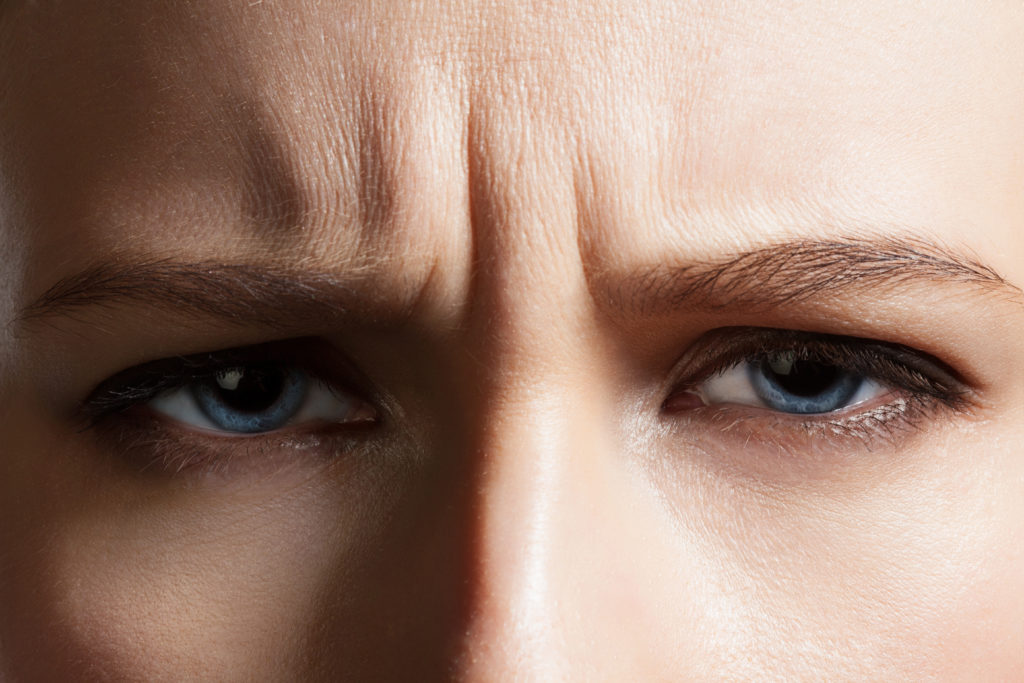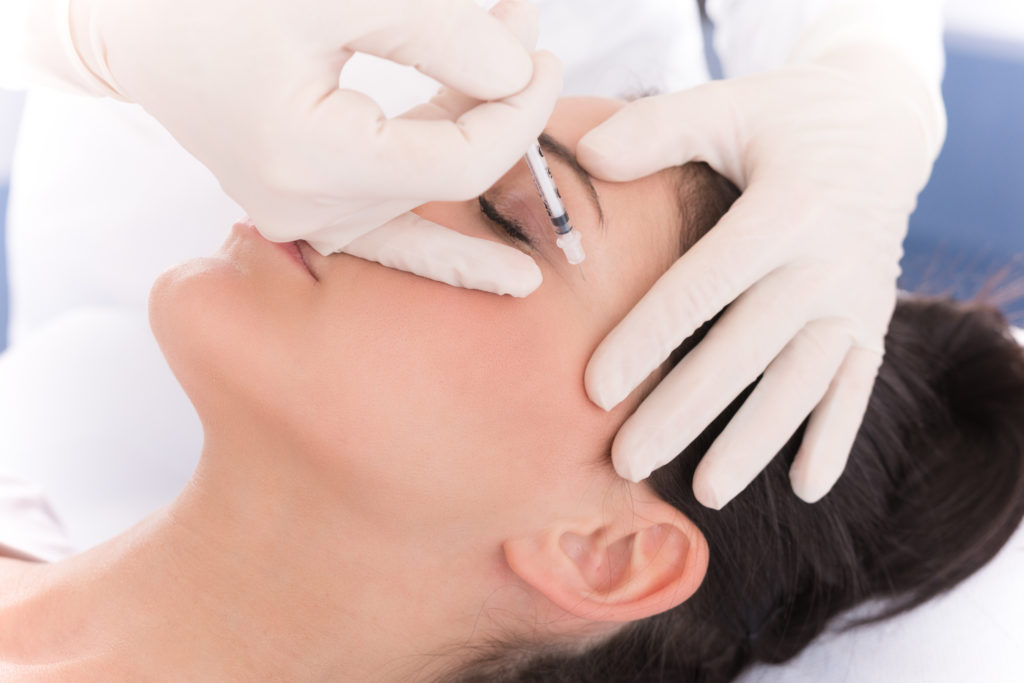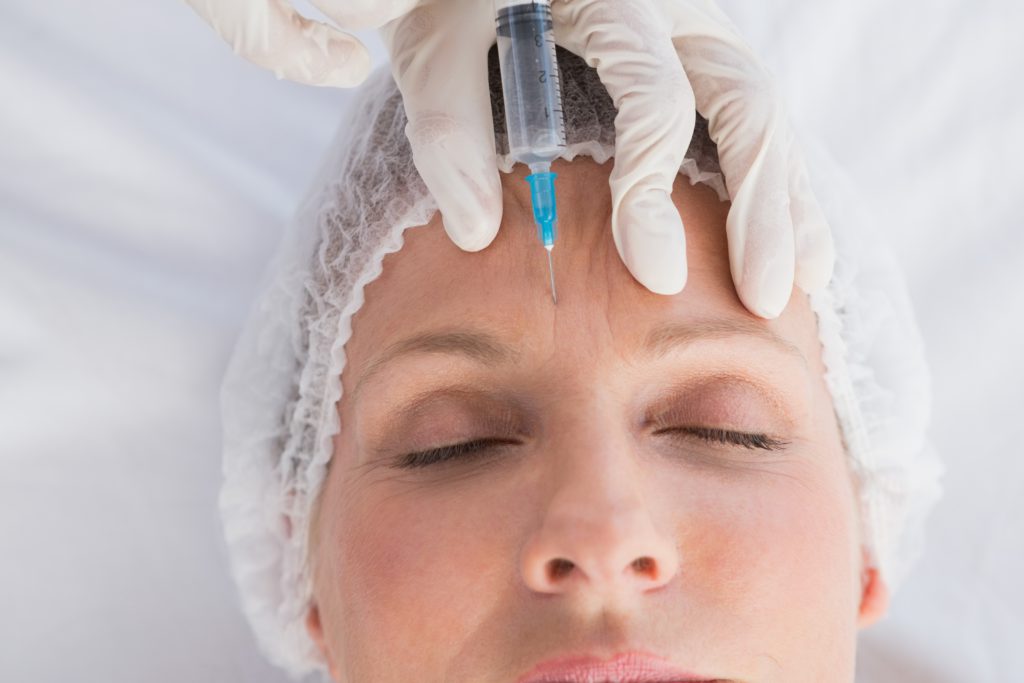
At this point, you’ve probably at least heard the word “Botox” before. Depending on your belief in (or dismay of) injectables, those five letters likely conjure a few different visions: frozen foreheads, wide-awake expressions or — if all goes well — a “did she or didn’t she?” refreshed face. If you’re considering it, you might be wondering whether to seek out Botox or the other popular injectables group: dermal fillers. Are they the same type of injection? Which one is right for you? We’ve got answers for you.
What is Botox?
Botox is a brand name of botulinum neurotoxin, the neurotoxic protein produced by Clostridium botulinum bacteria, a highly poisonous biological substance. Poisonous, you say? And people inject this… into their face?! Well, yes and no. Different strains of this bacteria produce eight distinct neurotoxins. One of the strains, purified botulinum toxin A (Botox) — along with two other brands of botulinum neurotoxins (Dysport and Xeomin) — got the thumbs up from the Food and Drug Administration (FDA) to treat everything from eye conditions to severe sweating to migraine headaches to fine lines and wrinkles.
How do Botox, Dysport, and Xeomin work?
When injected into our muscles, these neurotoxins temporarily paralyze the muscles, preventing the muscle from contracting. So when they’re injected into the muscles on our face, they prevent them from continuously moving and causing those fine lines and wrinkles to form. Or, for most people when they are getting Botox, prevent them from getting deeper.
How do Botox, Dysport and Xeomin differ?
Dysport is believed to work faster than Botox (effects appear in one to three days versus three to five days) and spread more quickly, making it a preferred choice for larger treatment areas. Xeomin is believed to have less risk of allergic reaction.
Why use Botox?
If you’re looking to reduce fine lines and moderate to severe wrinkles caused by facial expressions, Botox is the preferred treatment. Those glabellar lines (the “elevens” between your brows), forehead lines, and moderate to severe crow’s feet (those lines around the eyes) respond well to Botox and other neurotoxin injectables. However, Botox effects are temporary. Depending on the individual, you may need to repeat the treatment every three to six months to maintain preferred results.
Okay, so what about fillers?
You can decipher a good amount of what dermal fillers do by their name: they fill. What do they fill? During the aging process, our body produces less of what makes youthful skin glow: collagen (which keeps skin plump), elastin (which keeps skin tight) and hyaluronic acid (which keeps skin hydrated).
A lack of these three essential ingredients in our skin causes it to sag, dry out, and develop lines, folds, and wrinkles. Here’s where fillers step in: When injected into lines and wrinkles, fillers containing hyaluronic acid (Restylane, Belotero and Juvederm), synthetics (Radiesse) or collagen (Zyderm) add volume to the air, essentially filling in the hollowed depression. Dermal fillers of varying thickness and substance target a variety of problems, from delicate fine lines to deep smile lines. Hyaluronic acid fillers tend to last anywhere from 9 to 12 months, whereas synthetic fillers can last 12 to 14 months and address deeper, more stubborn areas.
While all dermal fillers tend to have similar side effects, like redness, bruising and swelling at the injection site, hyaluronic acid tends to be considered the safest while collagen has been known to cause allergic reactions and synthetics can cause disfigurement if not administered correctly. **(Reminder: Always consult with your professional about potential side effects.)
Why use facial fillers?
So if facial fillers also help to diminish fine lines and wrinkles, how are they different from Botox? Whereas Botox targets lines caused by facial expressions, fillers combat lines that are unchanging, like sleep wrinkles on the chin and cheeks, laugh lines and lip lines. Patients who want to restore volume or structure to their face (like plumper cheeks or lips) that they lost due to aging or an active lifestyle would also benefit from fillers.
So which do you want: Botox or fillers? The reality is your dermatologist or plastic surgeon will likely prescribe a mixture of both to target specific areas with the end goal of giving you a youthful yet natural appearance. Just be sure to speak with them about potential side effects that can come from these treatments.
The post Botox vs. Fillers: What’s the Difference? appeared first on The Pretty Pimple.
